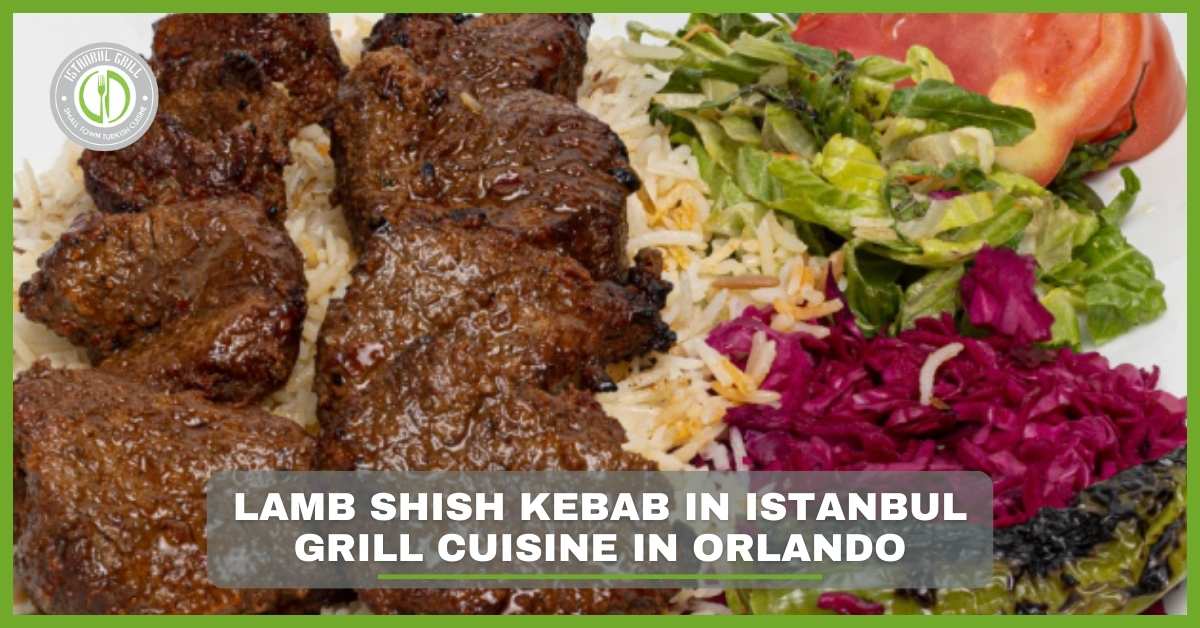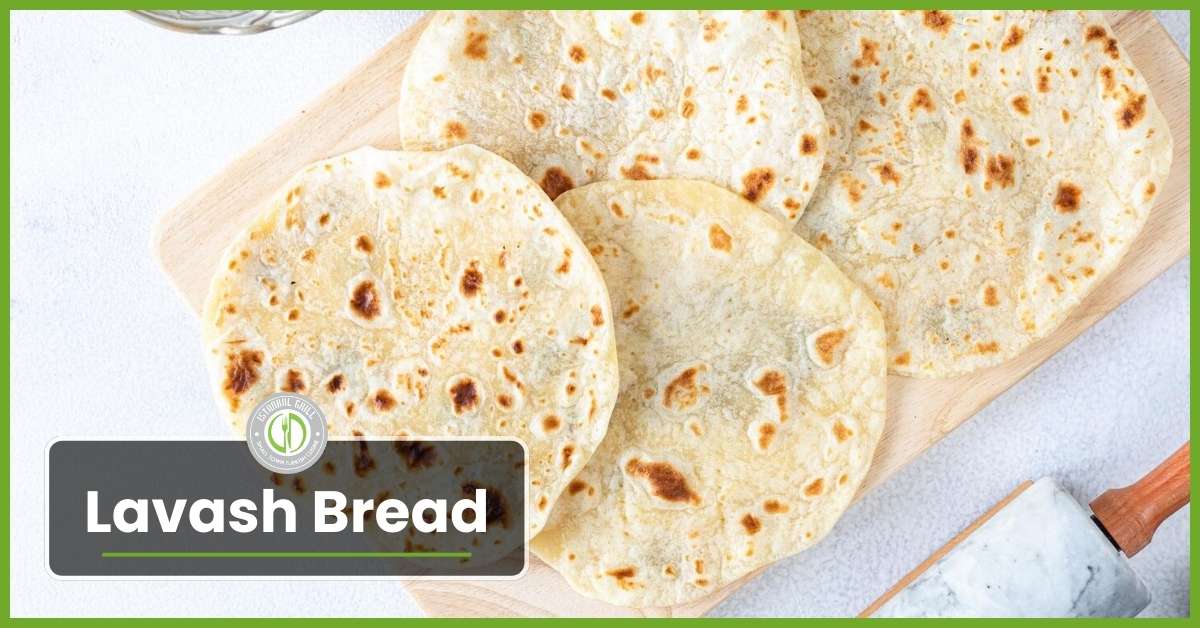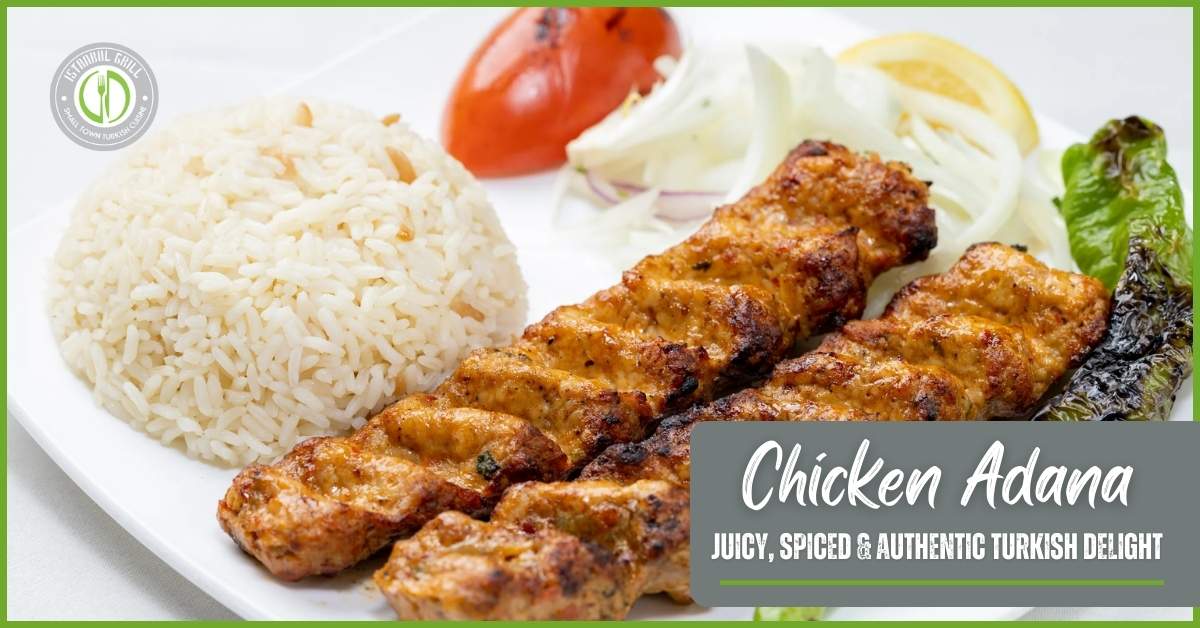Turkish textiles’s aesthetic and functional products that originate in Turkey do not only refer to fabrics but historical and cultural artifacts as well. These textiles have successfully become part of the global historical Art of Turkish Textile narrative through amazing fashion and designs. This style still thrives to date, ranging from beautiful carpets to intricate embroidery; this is Turkish textile.
Historical Background
Turkish textile products can be dated back to ancient ages and derived from the empires that were dominantly represented in that area, such as the Seljuk Empire and the Ottoman Empire. This is why each period in history brought new forms and ideas into the fabrication of textiles and the appearance of new designs. The Ottoman Empire is acknowledged as one of the greatest promoters of Turkish textiles, and even today, it is impossible to find products that could rival the ones created with the Empire’s support.
Clothes That Were Common in Turkey
Textiles also occupy a strong position in Turkish production and exporting. This is mainly because they use high-quality fabrics such as cotton, silk, or wool. These natural fibers undergo natural processing to develop robust and beautifully appealing fabrics. Cotton is well known as the comfortable material commonly utilized in daily-use products such as towels and bed linen. The Art of Turkish Textile Silk is a gleaming and soft material that is more suitable for scarves and garments. Featuring a core of pleasantly warm and rather durable wool sourced locally from sheep. The Turkish carpets and kilims are firm and comfortable.
Techniques and Processes
The making of Turkish textiles entails several processes, each of which is highly delicate and time-consuming. Sewing, one of the oldest processes, is done by passing needles through fabrics so that the loops create a fabric. Dyeing, another important process, includes the process of using natural dyes from plants and minerals for coloring. Embroidery, a technique of applying patterns and embellishments with a needle and colored floss to a piece of fabric, enhances the textile, transforming it into a work of art.
Famous Turkish Textile Styles
There are a few famous styles in Turkey, and every style has its features. Among them, Kilim rugs are popular for being flat-woven and categorized by geometric style. Such rugs are typically characterized by striking patterns and bright, rich colors that instantly place the focal point on the item. Uşak is often mentioned with Oushak carpets in connection with the town in Turkey. It is characterized by light and delicate colors ranging from pastel to the Art of Turkish Textile grand-scale floral designs. Suzani embroidery is a type of decoration that originated in Central Asia. Such embroidery is characterized by intricate hand drawings that depict various legends and histories of certain cultures.
Iconic Patterns and Motifs
In this respect, the textiles of Turkey are said to have traditional patterns and motifs printed on them. Patterns, especially those of geometrical shapes, are more recurrent and may be found in kilim rugs in the Arab world, and they depict the ingenuity and sharpness of the weaver. Natural motifs depicting plants are characteristic of Oushak carpets; they relate to the idea of the richness of wildlife. This indicates that culture and spirituality are employed, and symbolist images like the tree of life or the evil eye draw the essence of Turkish society.
Cultural Significance
Thus, textiles have very significant roles in Turkish people’s everyday lives and ceremonial events. They are positioned in ceremonies, marriage ceremonies, and religious events where particular fabrics with certain meanings are selected. Also, textile products are used broadly in Turkish artwork in paintings, sculptures, and architectural works. This cultural integration shows that textiles play a key role in conveying Turkish culture.
Modern Innovations and Trends in Turkey
Beyond that history and tradition, the world of textiles in Turkey is also about transition and hope. Today’s Turkish designers are trying to bring the substantial and impressive ornaments and techniques of Turkey to an emblematic and fashionable level. It provides innovative design solutions that can fit local and international markets due to the fusion created by the architectural styles. In fashion and home decoration, the textiles of Turkey remain innovative, proving the flexibility of the Turks.
Economic Impact
Turkey as a country has embraced the textile industry as one of its chief income earners, with exports of materials touching several countries. The fabrics are also in great demand in the international market due to their quality and the prolific workmanship of Turkish textiles. The industry also has a social role; it gives work to millions of people. Thus supporting numerous local communities and sustaining traditional crafts.
Preservation and Sustainability
It would be helpful to mention that it is important to preserve the classic methods of weaving Turkish textiles since they are components of cultural identity. There are attempts to record these skills and pass them on to the upcoming generations. So that the art of Turkish textiles does not die. Also, practices to accommodate environmental concerns in the industry include embracing environmentally friendly dyes and encouraging contracts given to producers to check on fair trade.
Influence on Global Fashion In Turkey
Turkish textiles are remarkable; they have influenced designers across the world, indicating the globally recognized status of Turkish textiles. For this reason, geometric patterns and luxurious fabrics have been woven into dozens of fashion collections to enshrine the flexibility and elegance of Turkish clothes. Such global influence demonstrates the application of Turkish workmanship as well as designs all over the world.
Collecting Turkish Textiles
Historically and artistically, Turkish textiles are seen as valuable assets to collectors. Assembling entails an appreciation of the art’s originality and any history related thereto. You should find some evidence that the products are as traditional as they could be. It includes the woven patterns on the materials and the use of natural products in dyeing the clothes. Acquiring Turkish textiles helps to save those masterpieces and helps the people who make them at the same time.
Tourism and Textile Workshops
It can be, without doubt, considered that a country like Turkey is full of opportunities to get acquainted with this valuable type of art, textiles. The production centers for textiles are Izmir, Istanbul, and Bursa, where markets and workshops are evident. The traditional and cultural solutions that exist include tours. The tourists are also taken through guided hands-on experiences learning how to weave and dye, among other activities. Such experiences enrich a higher understanding of Turkish textiles and art as well as make one recall the experience.
Future of Turkish Textiles
There are great expectations for Turkish textiles in the future as Turkey increases. Its innovation level tries to protect the typical techniques. With time, there is a likelihood that new and better technologies and methods for the creation of textiles and fashion will develop, improving the quality and outlook of textile designs in Turkey. The Art of Turkish Textile The value of this art form will always remain untouched, where the excellent workmanship of the Turkish craftsmen and the creativity will always be there, which is in sync with its tradition but not confined to the future.
Conclusion
Turkish textiles’ artworks are some of the most engrossing historical and cultural overviews, as well as premier technological marvels. Products that originated from the earliest beginnings of civilization up to contemporary trends in fashion, Turkey’s textiles hold a charm. This paper enlightens us about the historical background and importance of textiles in Turkey and highlights the means to preserve this art intact.






